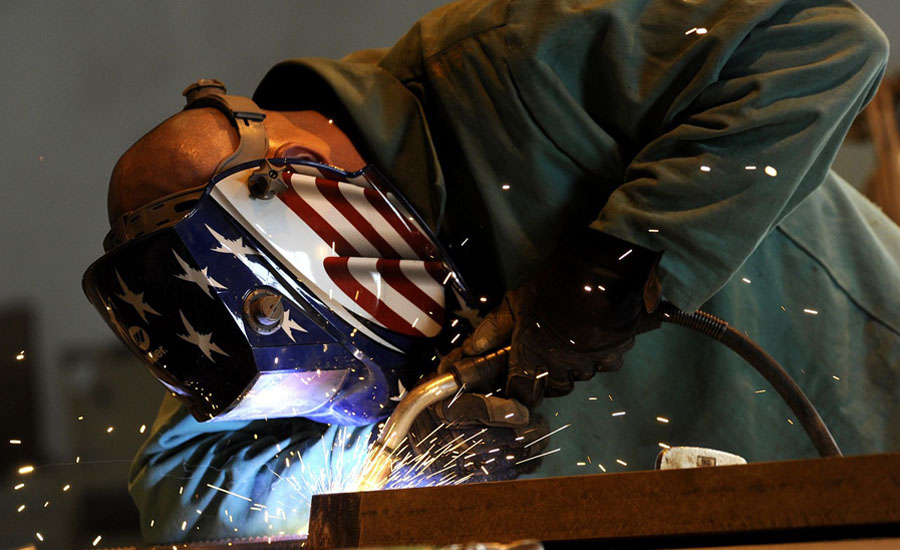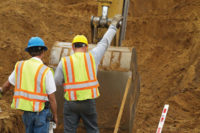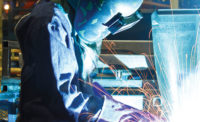Sparks and spatter fly off from the welding arc. Hot metal and sparks blow out from the cutting flame. The workpiece and equipment get hot. The flying sparks and hot metal, slag, spatter, hot workpiece, and hot equipment can cause burns. Additionally, arc rays can cause radiation burns.
• Use approved helmets or hand shields that provide protection for the face, neck, and ears, and wear a head covering.
• Wear approved safety goggles or safety glasses with side shields, even under your helmet.
• Wear dry, hole-free insulating gloves.
• Wear flame-resistant ear plugs or earmuffs to keep sparks out of ears when welding or cutting overhead or in confined spaces.
• Wear oil-free protective garments such as leather gloves, heavy shirt, cuffless pants, high shoes, and a cap.
• Wear leather leggings and fire-resistant boots, as needed. In cold climates heavy clothing may prevent awareness of clothing fires.
• Use dry, hole-free aprons, cape sleeves, leggings, shoulder covers, and bibs approved for welding and cutting service.
• Remove any combustibles, such as a butane lighter or matches, from your person before doing any welding or cutting.
• Touching hot equipment such as electrode holders, gun tips, and nozzles can cause burns. Always wear dry, insulating gloves. Allow a cooling period before touching these and other parts of equipment that are near the actual welding or cutting operation.
• Do not wear pants with cuffs, shirts with open pockets, or any clothing that can trap molten metal or sparks.
• Keep clothing free of grease, oil, solvents, or any flammable substances.
• If combustible substances spill on protective clothing, change to clean clothing before doing any welding or cutting.
• Use sheet metal screens for extra protection when unusually heavy welding or cutting is involved.
• For highly hazardous processes or jobs, consider automation.
• Do not attempt to repair or disconnect electrical equipment under load.
Disconnecting under load produces arcing of the contacts and may cause burns or shocks.
How to protect others from burns
• Use noncombustible screens or barriers to protect nearby persons or watchers.
• Mark hot work pieces to alert others of the burn and fire hazards.
• If the job requires several persons, have all wear proper protective gear and follow all required procedures.
Source: American Welding Society



